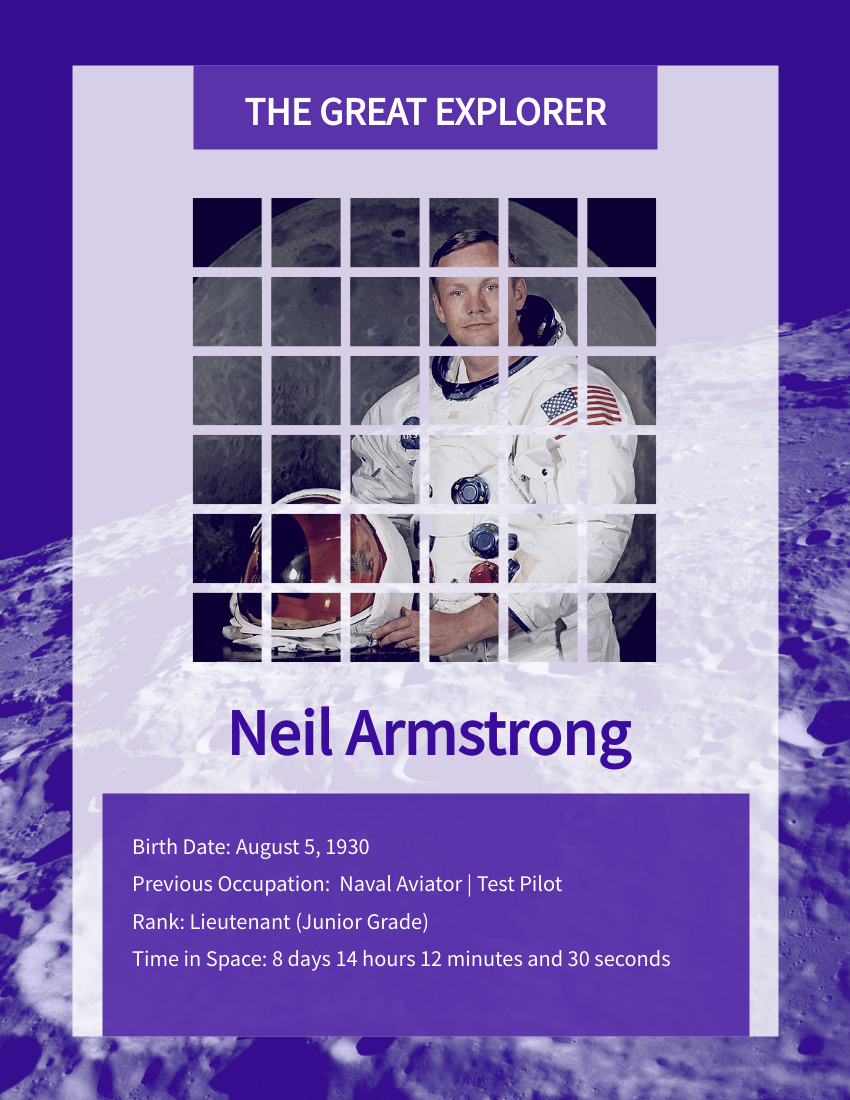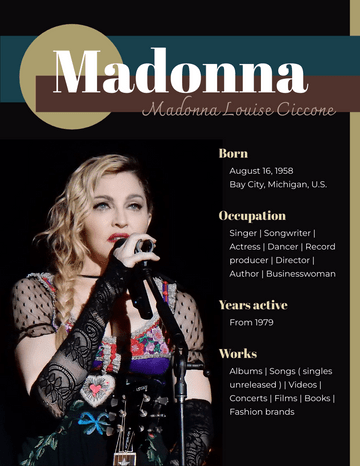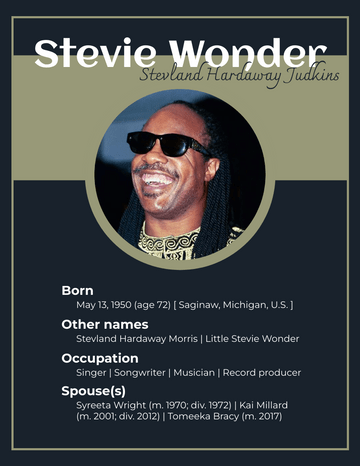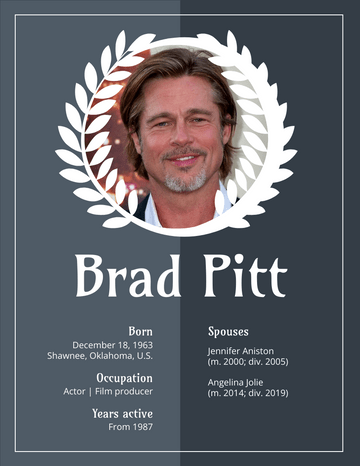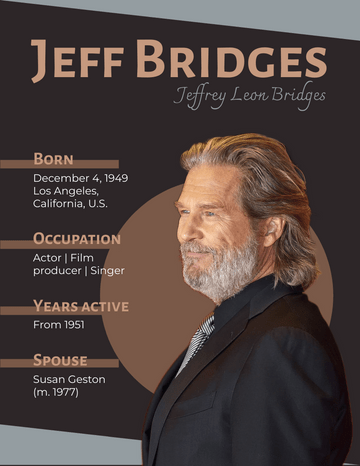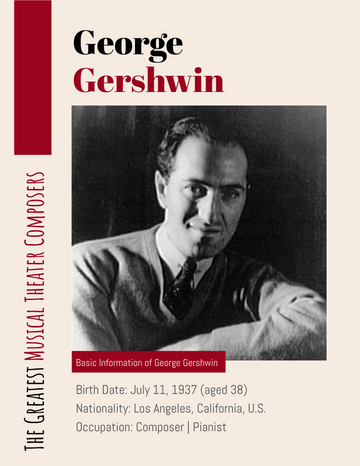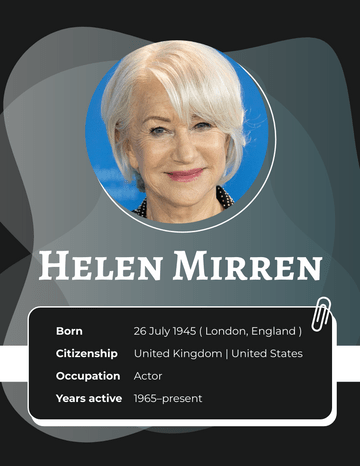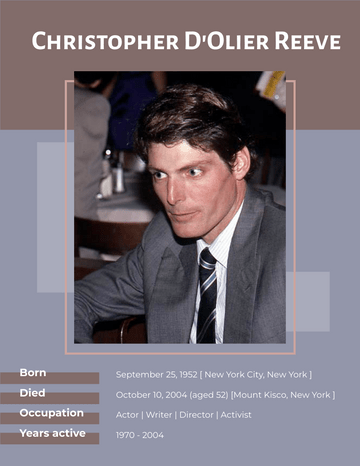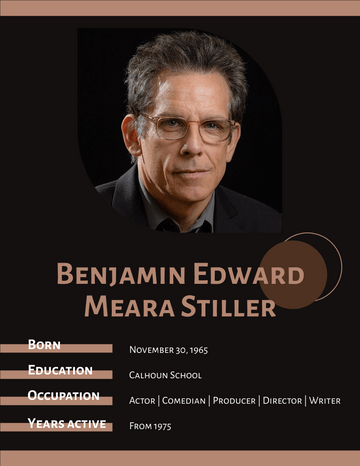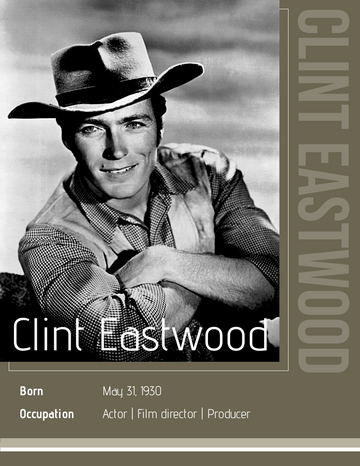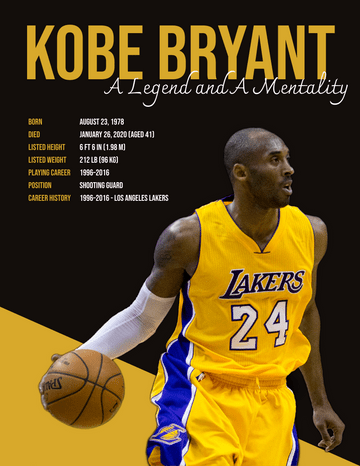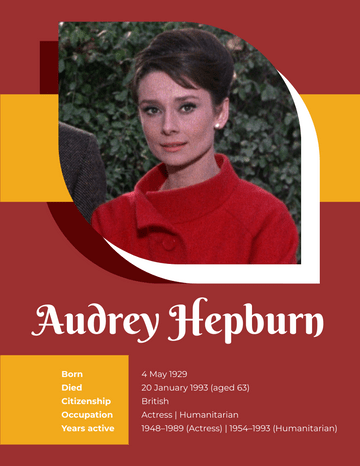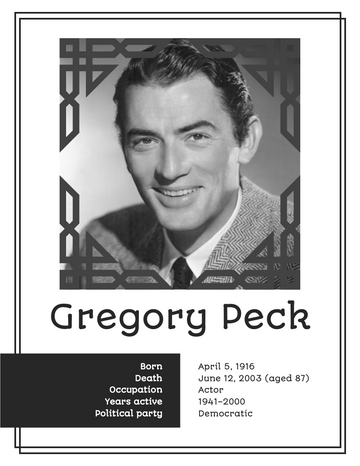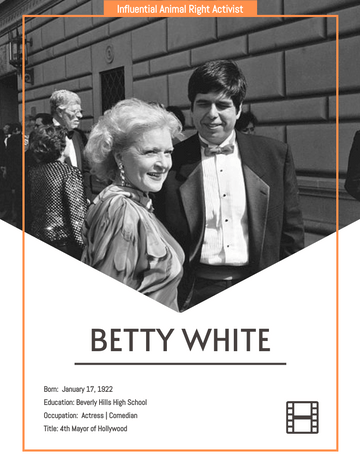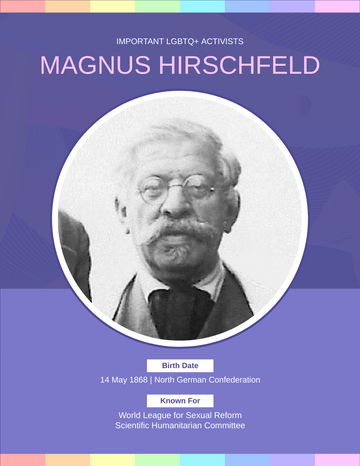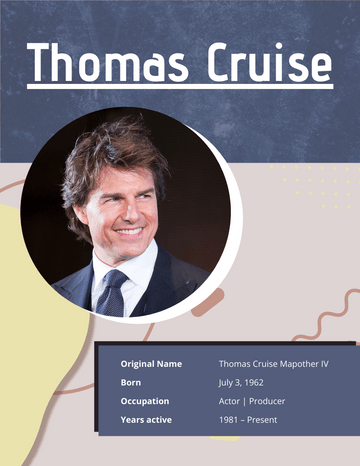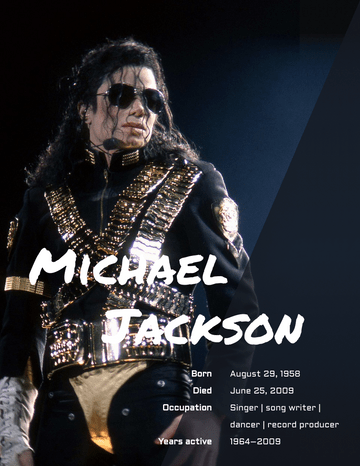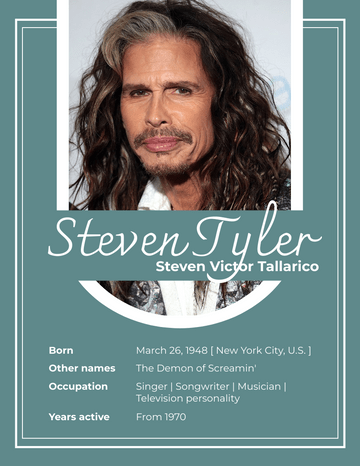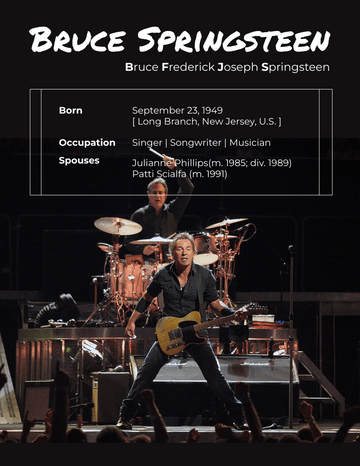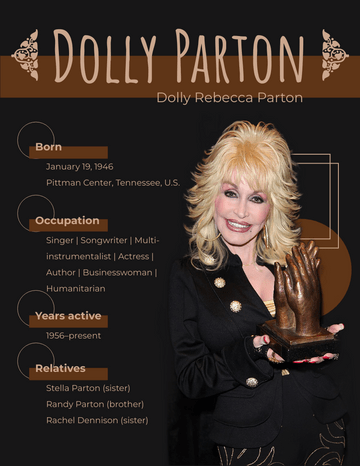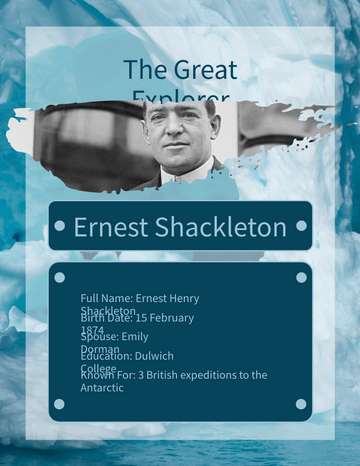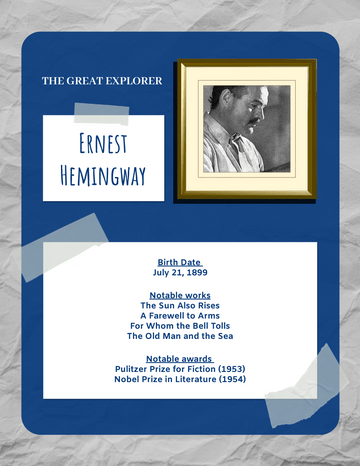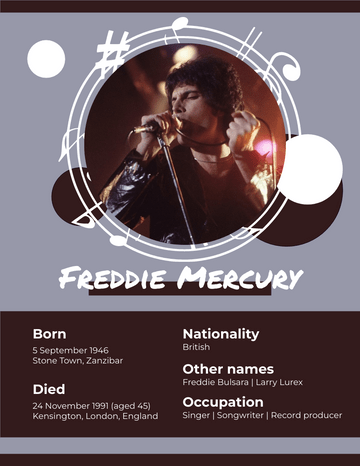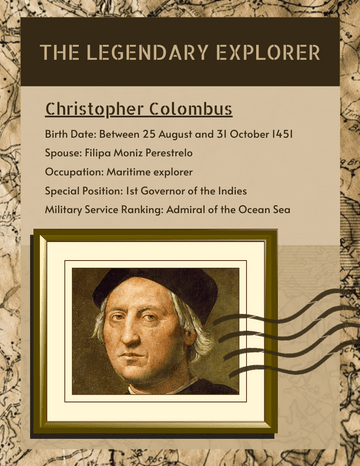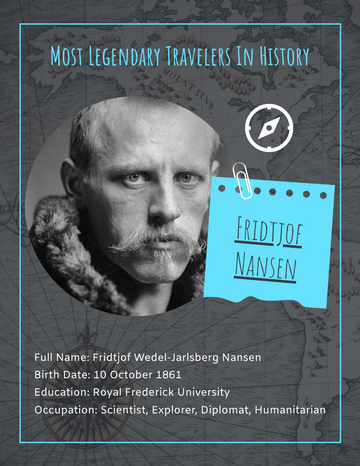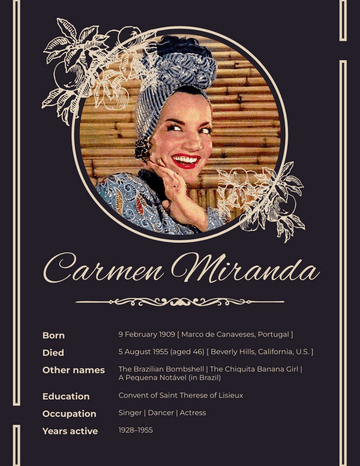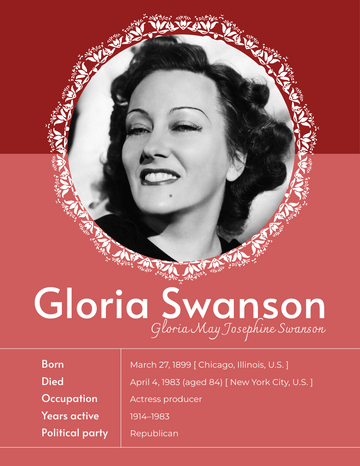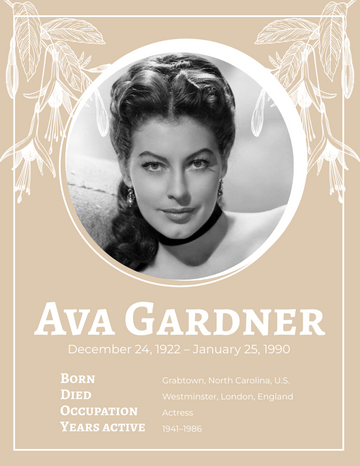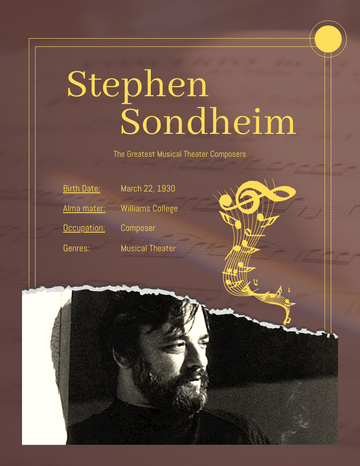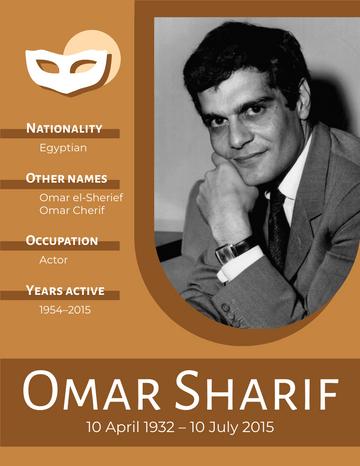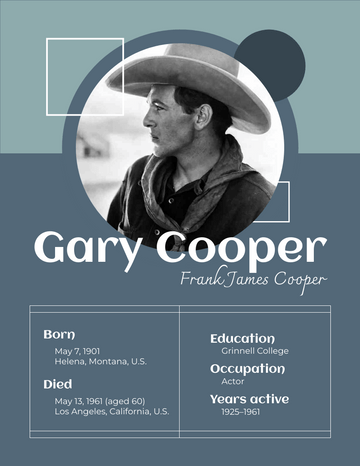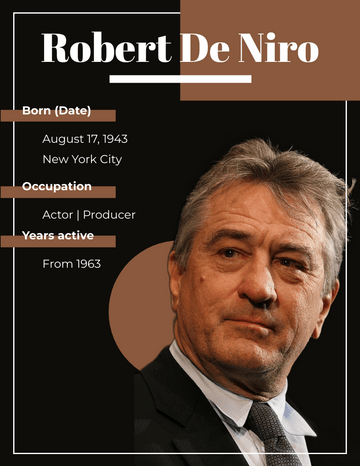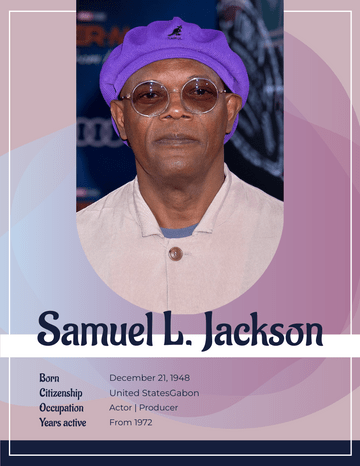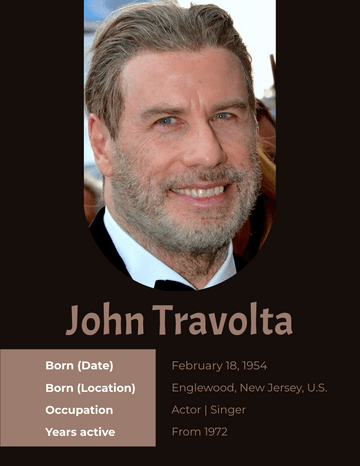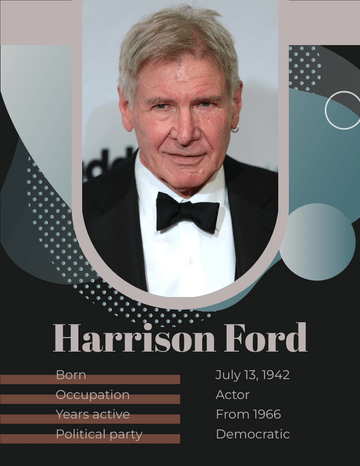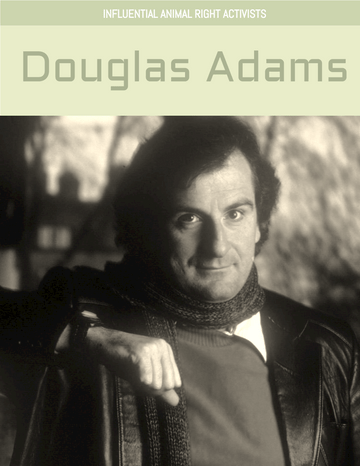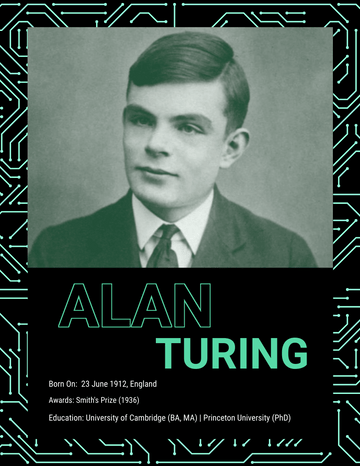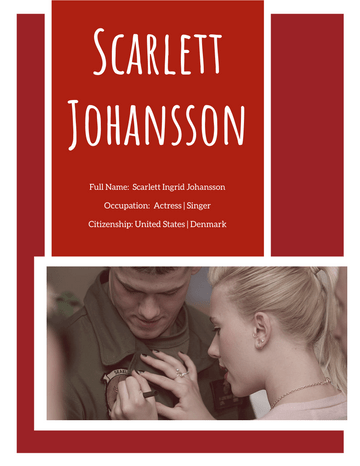Neil Armstrong
THE GREAT EXPLORER
Birth Date: August 5, 1930
Previous Occupation: Naval Aviator | Test Pilot
Rank: Lieutenant (Junior Grade)
Time in Space: 8 days 14 hours 12 minutes and 30 seconds
Click here to read this biography book.
Who is Neil Armstrong
Neil Alden Armstrong (August 5, 1930 – August 25, 2012) was an American astronaut and aeronautical engineer, and the first person to walk on the Moon. He was also a naval aviator, test pilot, and university professor. Armstrong was born and raised in Wapakoneta, Ohio. A graduate of Purdue University, he studied aeronautical engineering; his college tuition was paid for by the U.S. Navy under the Holloway Plan. He became a midshipman in 1949 and a naval aviator the following year. He saw action in the Korean War, flying the Grumman F9F Panther from the aircraft carrier USS Essex. In September 1951, while making a low bombing run, Armstrong's aircraft was damaged when it collided with an anti-aircraft cable, strung across a valley, which cut off a large portion of one wing. Armstrong was forced to bail out. After the war, he completed his bachelor's degree at Purdue and became a test pilot at the National Advisory Committee for Aeronautics (NACA) High-Speed Flight Station at Edwards Air Force Base in California. He was the project pilot on Century Series fighters and flew the North American X-15 seven times. He was also a participant in the U.S. Air Force's Man in Space Soonest and X-20 Dyna-Soar human spaceflight programs.
His Astronaut career
Neil Alden Armstrong (August 5, 1930 – August 25, 2012) was an American astronaut and aeronautical engineer, and the first person to walk on the Moon. He was also a naval aviator, test pilot, and university professor. In June 1958, Armstrong was selected for the U.S. Air Force's Man In Space Soonest program, but the Advanced Research Projects Agency (ARPA) canceled its funding on August 1, 1958, and on November 5, 1958, it was superseded by Project Mercury, a civilian project run by NASA. As a NASA civilian test pilot, Armstrong was ineligible to become one of its astronauts at this time, as selection was restricted to military test pilots. In November 1960, he was chosen as part of the pilot consultant group for the X-20 Dyna- Soar, a military space plane under development by Boeing for the U.S. Air Force, and on March 15, 1962, he was selected by the U.S. Air Force as one of seven pilot-engineers who would fly the X-20 when it got off the design board. In April 1962, NASA sought applications for the second group of NASA astronauts for Project Gemini, a proposed two-man spacecraft. This time, selection was open to qualified civilian test pilots. Armstrong visited the Seattle World's Fair in May 1962 and attended a conference there on space exploration that was co- sponsored by NASA. After he returned from Seattle on June 4, he applied to become an astronaut. His application arrived about a week past the June 1, 1962, deadline, but Dick Day, a flight simulator expert with whom Armstrong had worked closely at Edwards, saw the late arrival of the application and slipped it into the pile before anyone noticed.[61] At Brooks Air Force Base at the end of June, Armstrong underwent a medical exam that many of the applicants described as painful and at times seemingly pointless.
